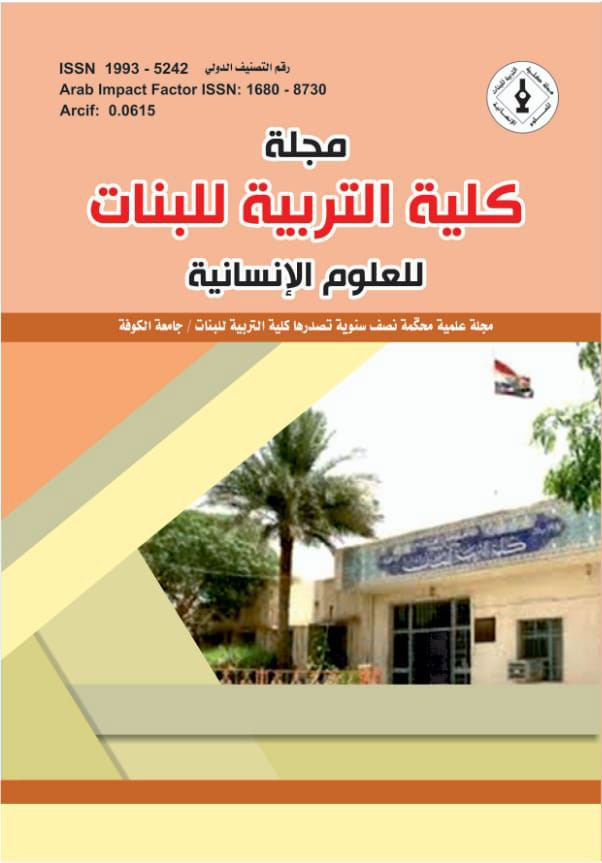American support for the Afghan Mujahideen Against the Soviet invasion of Afghanistan in 1979
DOI:
https://doi.org/10.36327/ewjh.v1i28.12197Keywords:
Afghanistan, the Mujahideen, the Soviet Union, the invasion, support, the United States of AmericaAbstract
Abstract
The Soviet invasion of Afghanistan in 1979 represented an important event on the international and regional arenas, for several reasons, including those related to the geographical location of Afghanistan, which gave it strategic importance to the major and regional powers alike, but each according to his interests and goals, and to the extent that it relates to the two main international poles on the international scene (the Soviet Union and the United States of America),The Soviet invasion of Afghanistan has created a great challenge for the United States, given its far-reaching international and regional implications for America and its necessity to deal with these effects, especially since the Soviet Union threw its military and political weight in this important stage of the Cold War, just as the United States changed Able to keep pace with the Soviet move, due to the failure of its policy in Vietnam, so the US policy towards the Soviet invasion of Afghanistan differed. At the beginning of the war, this policy was based on anticipation and the lack of support of the Afghan Mujahideen politically, militarily and humanely, only at the appropriate time, then American policy changed To direct and public support after the mid-1980s, as a result of changes in the field The international and Afghan yen, especially since the Soviet forces have become on the outskirts of the American spheres of influence in the Persian Gulf, the Arabian Sea and the Indian Ocean, and the United States of America, which lost its influence in Iran after the Islamic revolution in 1979, became more afraid of repeating it in Central and South Asia.
The US policy in dealing with events has proceeded in two tracks: the first represented by political and military support, and the second represented by humanitarian support. The United States has been able in the political and military fields to establish a rule of control and control in Pakistan to closely monitor things, and provide all forms of support to Pakistan in order to enable it to withstand In the face of Soviet pressure in the future, and thus the United States would have approached the Soviet forces, but without appearing in public and of course the American intelligence had a leading role in managing the tide of affairs, through planning, training and providing the Mujahideen factions with the appropriate weapon they needed to fight the many superior Soviet forces. And several, and among the most important of these weapons are shoulder-fired missiles capable of tracking Soviet helicopters, which were the most effective weapon in resolving battles, as well as other medium and heavy weapons in the humanitarian field, they have succeeded in directing many regional parties towards providing the necessary support to the Afghan Mujahideen, but they are On the other hand, it was aiming through this policy to achieve its own interests in the region, and to win the support of the Mujahideen factions Afghans and the Afghan people, and it has been shown that they have the credit for them in achieving victory over the Soviet forces, which paves the way to achieving strong influence in Afghanistan and the region.
Downloads
Published
How to Cite
Issue
Section
License
Copyright (c) 2023 Ahmed Ali; Asst. Professor . D.R. Asad Hamid Abu Shanna

This work is licensed under a Creative Commons Attribution 4.0 International License.
which allows users to copy, create extracts, abstracts, and new works from the Article, alter and revise the Article, and make commercial use of the Article (including reuse and/or resale of the Article by commercial entities), provided the user gives appropriate credit (with a link to the formal publication through the relevant DOI), provides a link to the license, indicates if changes were made and the licensor is not represented as endorsing the use made of the work.









